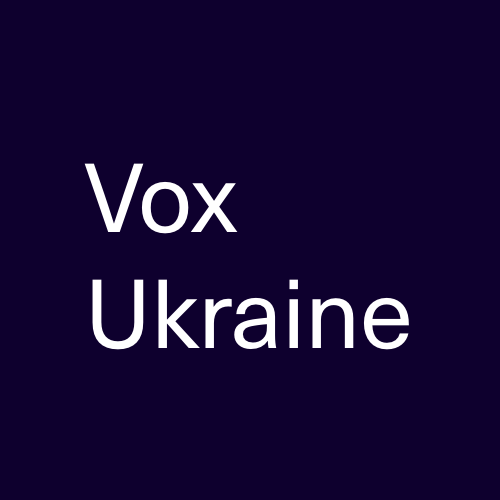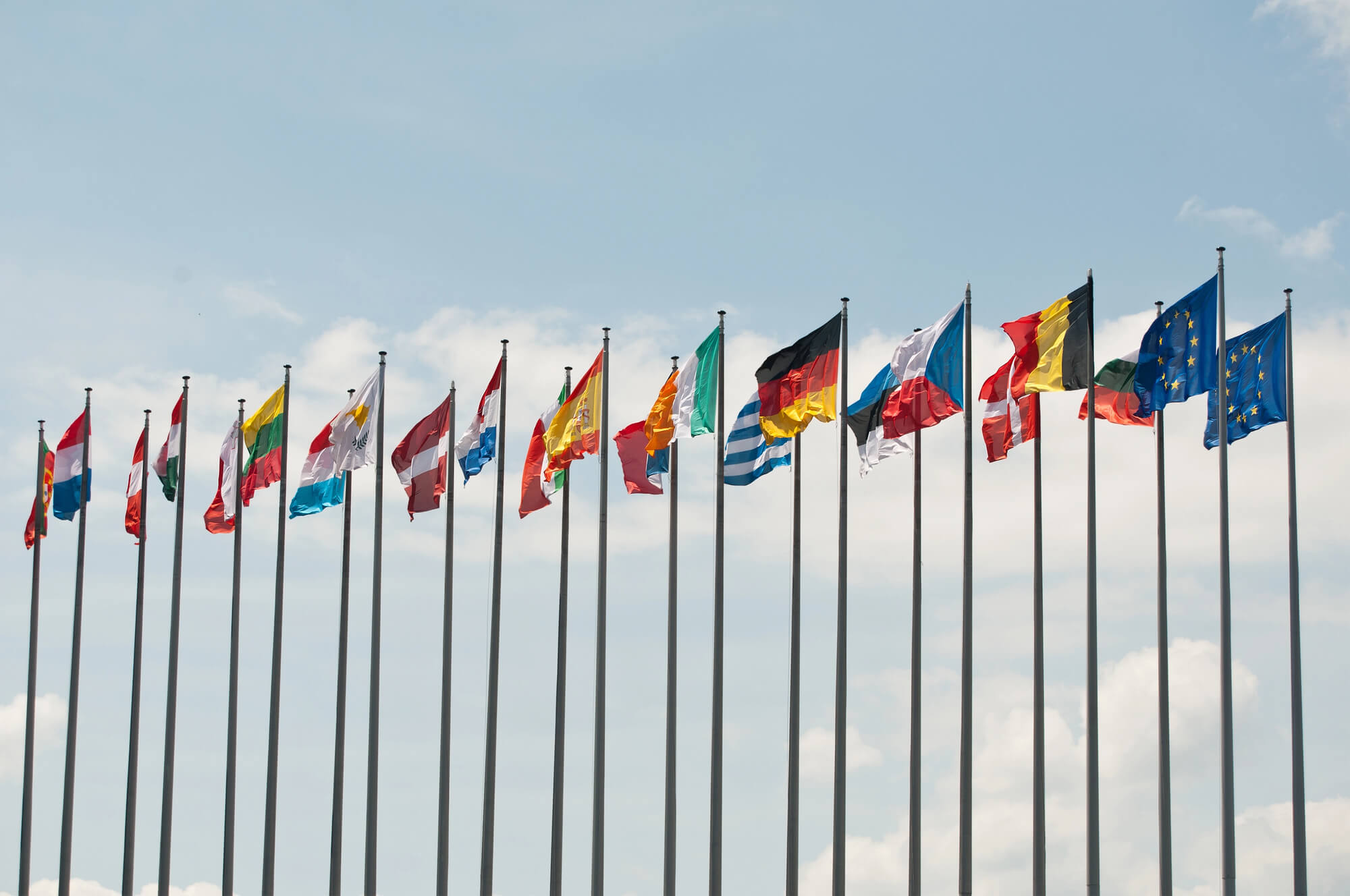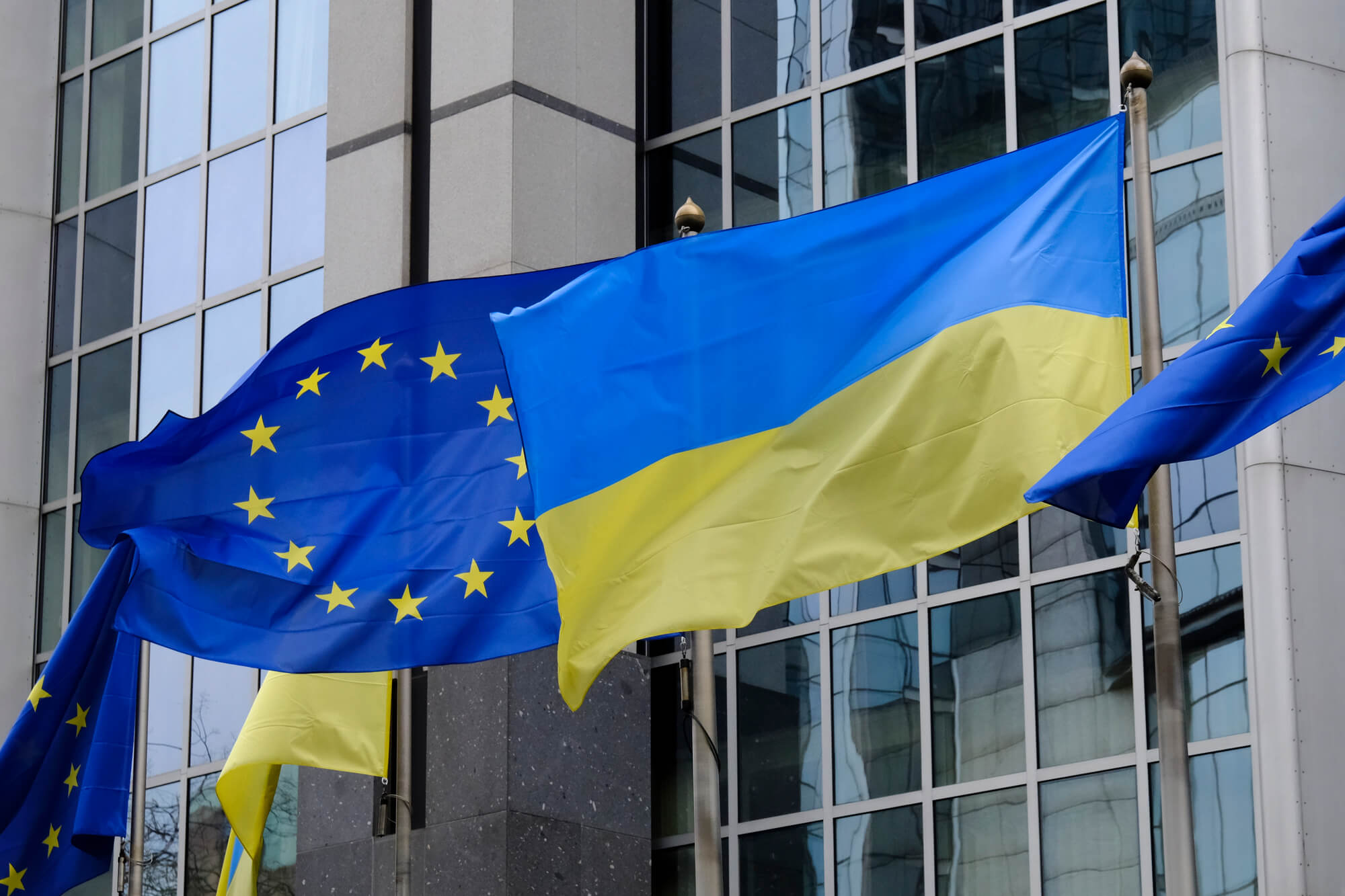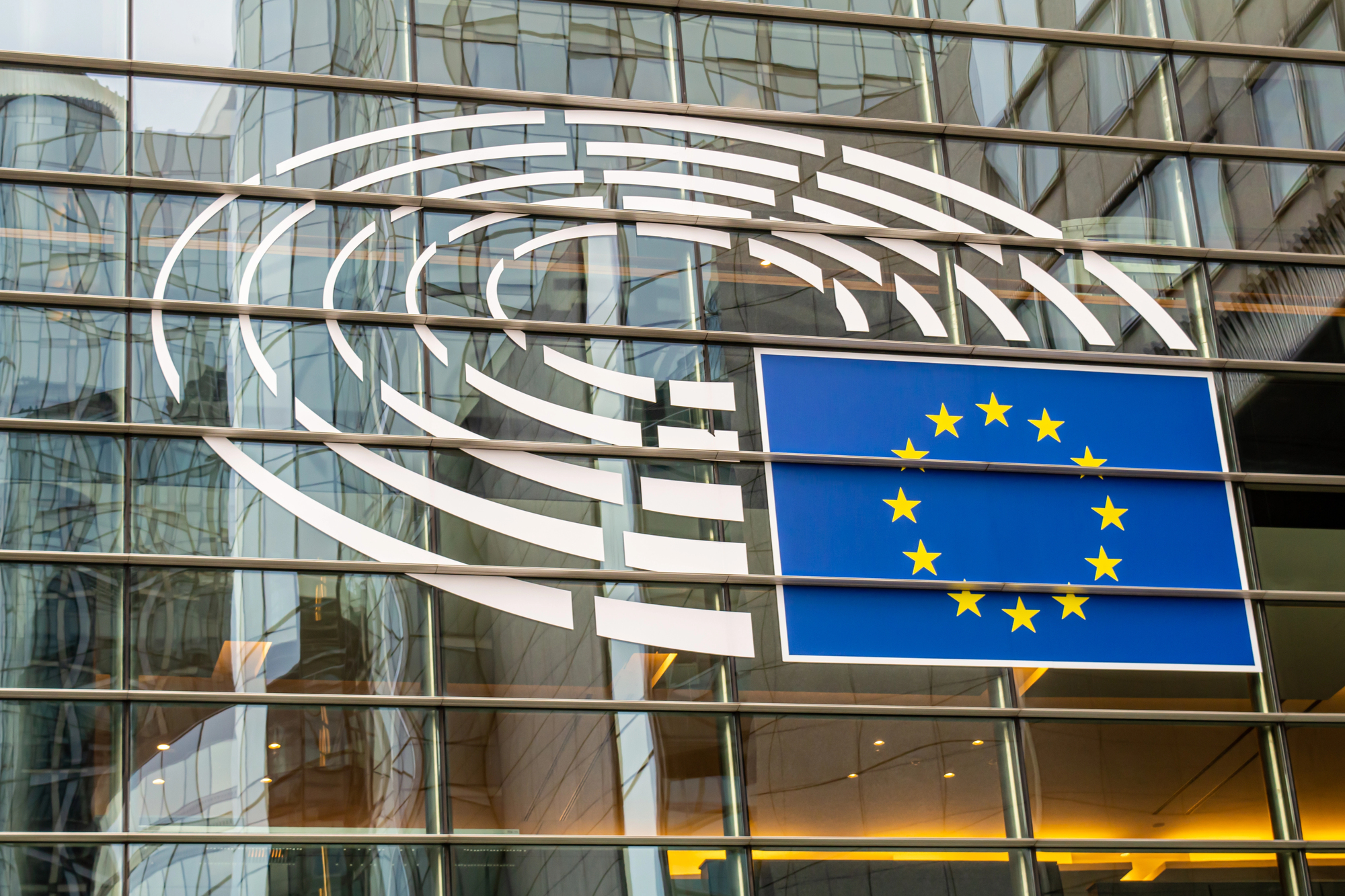One of the earliest pieces of advice given to post-Soviet countries after the dissolution of the USSR was to implement privatization of state-owned enterprises (SOEs). Indeed, research shows that privatized enterprises are more efficient than state-owned ones, especially if the buyer is a foreign company.
However, privatization was not very successful in Ukraine, which reduced public support for such reforms. Reforms of enterprises remaining under state ownership proceeded even more slowly and continue to face significant resistance today.
Figure 11.1. SOE reforms in 2015-2024, Reform Index data
Note: cumulative score is the sum of event scores. Event scores are derived from surveys of the Reform Index experts
Figure 11.2. Privatization reforms in 2015-2024, Reform Index data
Note: cumulative score is the sum of event scores. Event scores are derived from surveys of the Reform Index experts
Unlike other Eastern European countries such as Poland, which allowed the bankruptcy of state-owned enterprises in the early 1990s while supporting people who lost their jobs, Ukrainian authorities continued to support unprofitable enterprises, both state-owned and privatized. For example, in the mid-1990s, the National Bank of Ukraine issued direct loans to some enterprises. In the early 2000s, the government introduced a “special regime” for the metallurgy industry effectively removing taxes on it, and it spent over 20 years propping up domestic auto manufacturing by imposing high tariffs on imported cars. In their turn, enterprises in difficult situations would place their workers on unpaid leave rather than laying them off. This harmed not only enterprises but also workers, who had no incentives to retrain and actively seek other employment. It is therefore unsurprising that in such a distorted market environment, state-owned enterprises — both before and after privatization — became sources of rent (often corruption-related).
The government that came to power in 2014 sought to limit this rent to minimize the state’s losses from poor management of state-owned enterprises and to level the playing field so tht all enterprises would compete on equal terms. Unfortunately, reforms in this area were only partially successful due to significant opposition from vested interests, which continues to this day. For example, all IMF programs since 2015 have included commitments to privatize several large enterprises. The Ukrainian government came closest to fulfilling these commitments in 2021 when it attempted to sell the “Bilshovyk” machine-building plant. However, resistance of insiders prevented the privatization process from being fully transparent and fair. For the same reason, the privatization of the United Mining and Chemical Company and the Odesa Portside Plant had been delayed for many years.
Neither the current IMF program nor the Ukraine Facility include commitments of large-scale privatization, given the uncertainty caused by the war and weak investment demand (although the European Commission recommends that Ukraine intensify its privatization efforts in its 2023 assessment). However, the government must conduct a new “triage” of state-owned enterprises, sorting them into those that should remain under state ownership versus those that can be sold. 15 largest enterprises from the first group will need to install proper corporate governance, while enterprises that do not have strategic significance for the state will eventually be privatized.
As evident from Figures 11.1 and 11.2, many significant reforms took place in 2014-2016, followed by a relative lull until 2023-2024 when the government adopted several more reforms. The government implemented more reforms related to SOE management than to privatization but with the launch of the Prozorro.Sales electronic system, which enabled small-scale privatization, reforms in this area can be considered a success.
Privatization and reforms of state-owned enterprises in Ukraine from 2014 to 2019
One of the first SOE reforms that received a high score from Reform Index experts was the amendment of the law on joint-stock companies which eliminated the possibility for minority shareholders to de-facto control an enterprise that is more than 50% state-owned (a notable case was Ukranfta company in which the state had 60% ownership but which was totally controlled by the Privat Group that owned the rest of its shares).
In addition to the law on corporate governance of state-owned enterprises, the government adopted a number of measures to introduce competitive selection of SOE supervisory board members (see Reform Index issues #16, 23, 27, 56, and 81), increased salaries of the top management of state-owned enterprises by 20 times (thus enabling recruitment of specialists from the market), conducted audits of key SOEs and simplified the SOE liquidation process. To enhance transparency, the government published reports on the activities and financial results of the 100 largest state-owned companies, but since 2019 this activity was discontinued. Instead, the government launched a data analysis portal, “Prozvit,” for government-owned entities. The portal is currently closed, while data on the share of the public sector in the economy (such as the Monitoring of State-Owned Enterprises Management) is not being updated. Reports from some state-owned companies can be found on Ukraine’s open data portal (data.gov.ua) or obtained upon request. In our view, publishing financial reports by companies (excluding sensitive information) would encourage stronger managerial performance.
A key case of SOE reform was the restructuring of the largest state-owned company, NJSC Naftogaz. The reform was aligned with broader energy sector reforms (see Chapter 7). In 2014, Naftogaz losses totaled about 5.4% of Ukraine’s GDP (the company had been at perpetual risk of bankruptcy since its establishment in 1998). By 2016, Naftogaz was recording profits of UAH 26.5 billion and remained profitable until 2022 (excluding the 2020 economic crisis). In 2023, it became profitable again.
Apart from changes in corporate governance, a key factor of Naftogaz success was the government effort to bring household energy tariffs to market levels. This mostly meant raising tariffs, which was unpopular, and thus no government has completed this reform. In 2019-2020, the government completed Naftogaz reform in line with EU principles — the gas transportation branch of Naftogaz became a standalone state-owned enterprise, which would provide services to everyone on equal terms.
In 2017, the government implemented a triage of state-owned enterprises, identifying over 3,400 of them, though most were very small or non-operational. The next step was to determine which of these enterprises are strategic and should remain under state ownership and which could be privatized. The Cabinet of Ministers or other managing agencies were supposed to develop ownership policies for the remaining strategic enterprises (the Ministry of Economy developed a general SOE ownership policy, but it was overly broad and unenforced). While ownership policies were created for many enterprises, most of them did not address the key issue of why a particular enterprise should remain state-owned (i.e., why the state could not procure the relevant goods or services on the market).
For the State Property Fund of Ukraine (SPFU) to be able to sell certain enterprises, two conditions must be met. First, these companies must be transferred to the Fund from the government agencies managing them. Second, the privatization procedures must be sufficiently simple and transparent so that external investors, not just insiders, could participate in the privatization process.
The transfer of enterprises to the State Property Fund is necessary not only for privatization but also for centralizing state ownership function. In the 1990s, OECD countries began transitioning from a decentralized model, under which companies are managed by separate ministries, to a centralized one, where they are managed by a single ministry or public agency. The main flaw of the decentralized model is that ministries have conflict of interest when they both develop policies for a specific sector and manage enterprises operating in that sector. Ukraine is still undecided whether the central SOE managing body should be the SPFU or a specially created fund or a holding company. The advantage of the latter would be its political independence, though this could become a problem if this entity is “captured”. Perhaps for this reason many ministries have not yet transferred their subordinate enterprises under the SPFU control (the data.gov.ua website provides financial reports of some SOEs subordinate to ministries).
Over the past decade, privatization procedures have shifted towards greater simplicity and transparency. For example, a 2016 law removed a requirement for the preliminary sale of 10-15% of enterprise shares on the market (which was problematic in Ukraine’s very small stock market and could deter potential investors). Also, it allowed for the involvement of internationally recognized advisors in privatization of large companies to boost confidence in the process. In 2018, privatization was further simplified. Instead of six asset groups, only two were introduced: “large” (with asset value of UAH 250 million or more) and “small.” The law stipulated that “large” privatization must involve reputable advisors, while “small” privatization can be conducted via Prozorro.Sales electronic platform, which allows anyone to participate in an auction and to monitor the results. This enhances transparency and trust in the process. Perhaps the most famous example of “small” privatization was the sale of the Dnipro Hotel in 2020. With a starting price of UAH 81 million, it was sold for UAH 1.1 billion.
Over the span of five years (2018-2023), more than 5,000 enterprises were sold through the Prozorro.Sales system for a total of UAH 14 billion (of which 9.8 billion went to the state budget and 3.8 billion to local budgets). This amount is twice the initial value of the assets put up for sale (UAH 6.3 billion). Most importantly, state and local authorities divested themselves of assets they were unable to manage properly. Hopefully, the new owners of these assets will be able to generate profits and respective tax revenues.
2019-2024: further reforms
The new government that came to power in 2019 canceled the list of assets that could not be privatized and privatized a number of small enterprises (including alcohol refineries). However, it was unable to initiate large-scale privatization. Moreover, later it turned out that the now ex-head of the State Property Fund was corrupt.
In 2022, the Parliament prohibited large privatization but at the same time simplified the privatization process by allowing for the privatization of enterprises whose assets are under seizure or encumbrance and the transfer of all permits and licences to the new owners without the need for prior audits, inventories, or valuations. The new owner is required to pay for the asset before signing the purchase agreement. This approach aims to speed up the privatization process while removing the risk of nonpayment or delayed payment for the assets. When privatization resumed in the second half of 2022, it generated over UAH 2.4 billion for the state budget. In 2023, Ukraine sold the Ust-Dunaisk seaport for UAH 201 million. The port was initially prepared for sale in 2021, but the auction procedure was delayed due to a backlog of legal cases and asset seizures. The privatization was unblocked due to the legislative changes adopted in 2022.
In 2023, Parliament passed two laws allowing for large-scale privatization via the Prozorro.Sales platform. The first of these laws also changed the organizational structure and functions of the State Property Fund by granting the SPFU head more powers (including the power to independently appoint their deputies), centralizing the Fund’s management system, and transferring the authority to submit candidates for the head of the Fund for Parliamentary approval from the President to the Cabinet of Ministers. Additionally, the SPFU will work with sanctioned assets and is required to launch a unified register of state-owned assets.
In 2024, Ukraine received twice higher privatization revenues than planned (Figure 11.3). This was due to the increase in small privatization, but primarily because of the privatization of the “Ukraine” hotel and the United Mining and Chemical Company.
Figure 11.3. Privatization revenues since 2014
Source: Treasury reports, openbudget.gov.ua
After Russia’s full-scale invasion, the number of state-owned enterprises increased due to the nationalization of several assets that belonged to Russians or Russian collaborators. The largest of these are Alfa Bank (now Sense Bank), regional energy distribution companies (oblenergos), Motor Sich (machine-building plant), and Ukrnafta (oil trader). Some of these assets were transferred under the management of the Ministry of Defense. Eventually, these need to be transferred to the SPFU for privatization or the establishment of corporate governance.
At the end of 2019, Parliament passed a new law “On the Lease of State and Communal Property,” introducing leasing through electronic auctions. This made the rental market more transparent. Later, the procedure for leasing through electronic auctions was extended to the property of state-owned companies.
An important development in this area was the new version of the law “On Concession,” which clarified and streamlined the procedures for transferring state enterprises into concessions. In 2021, the Ministry of Infrastructure transferred the seaports of Kherson and Olvia into concession and was preparing other agreements. However, the full-scale invasion halted this process.
There has been some regression in the area of corporate governance. For instance, in 2019, the Cabinet of Ministers dismissed the former head of Naftogaz in a not entirely legal manner. And in 2020, it imposed a still-active moratorium on the bankruptcy of budgetary institutions.
Meanwhile, Parliament passed a law on corporate governance of state-owned enterprises in accordance with OECD principles. The law leaves with the government the responsibility for high-level management of state companies (such as developing ownership policies, dividend policies, etc.), transfers the main strategic management powers to supervisory boards, and enhances their independence. The law aims to prevent arbitrary dismissals of state enterprise managers, as happened with the former Naftogaz head. Hopefully the law will be implemented properly.
What next?
As seen in Figure 11.3, most of the time the Ukrainian government has been overly optimistic about expected privatization revenues. Factors such as war, weak property rights protection, complex privatization procedures, and resistance from vested interests have diminished investor interest in Ukrainian assets. The full-scale war has significantly increased the risk of investing in Ukraine.
Three policy conclusions can be drawn from this. First, the government should reduce the risk factors under its control by implementing judicial reform, making privatization procedures as simple and transparent as possible, and halting unjustified attacks on businesses. Second, it is necessary to promote the idea of war risk insurance among Ukraine’s international partners more actively. Existing initiatives in this area are fragmented and have received very little funding so far. Third, during privatization, the goal should be not maximizing one-time budget revenues but improvement of the efficiency of enterprise management. During “large-scale” privatization, preference should be given to international companies that can integrate Ukrainian enterprises into their value chains.
Overall, the Ukrainian government must demonstrate its adherence to the path toward EU membership. At a minimum, this means fulfilling its commitments under the Ukraine Facility and the IMF Program on time and without coercion while avoiding merely formal (or even corruption-inducing) changes instead of substantive ones, as happened with the law on the Economic Security Bureau, for example. Regarding state-owned enterprises, the commitment implies conducting a new triage in line with updated state ownership policy. Based on the results, the government should begin to privatize enterprises that can be privatized and corporatize the remaining ones according to the new law.
Proper implementation of the adopted legislation — conducting “large” privatization through ProZorro.Sales and implementation of the law on corporate governance of state-owned enterprises — is expected to lead to improved management quality, which in turn should increase the efficiency of state-owned enterprises.
Read the White Book of Reforms 2025 and previous White Books (2017, 2018, 2019) via this link.
Attention
The authors do not work for, consult to, own shares in or receive funding from any company or organization that would benefit from this article, and have no relevant affiliations



